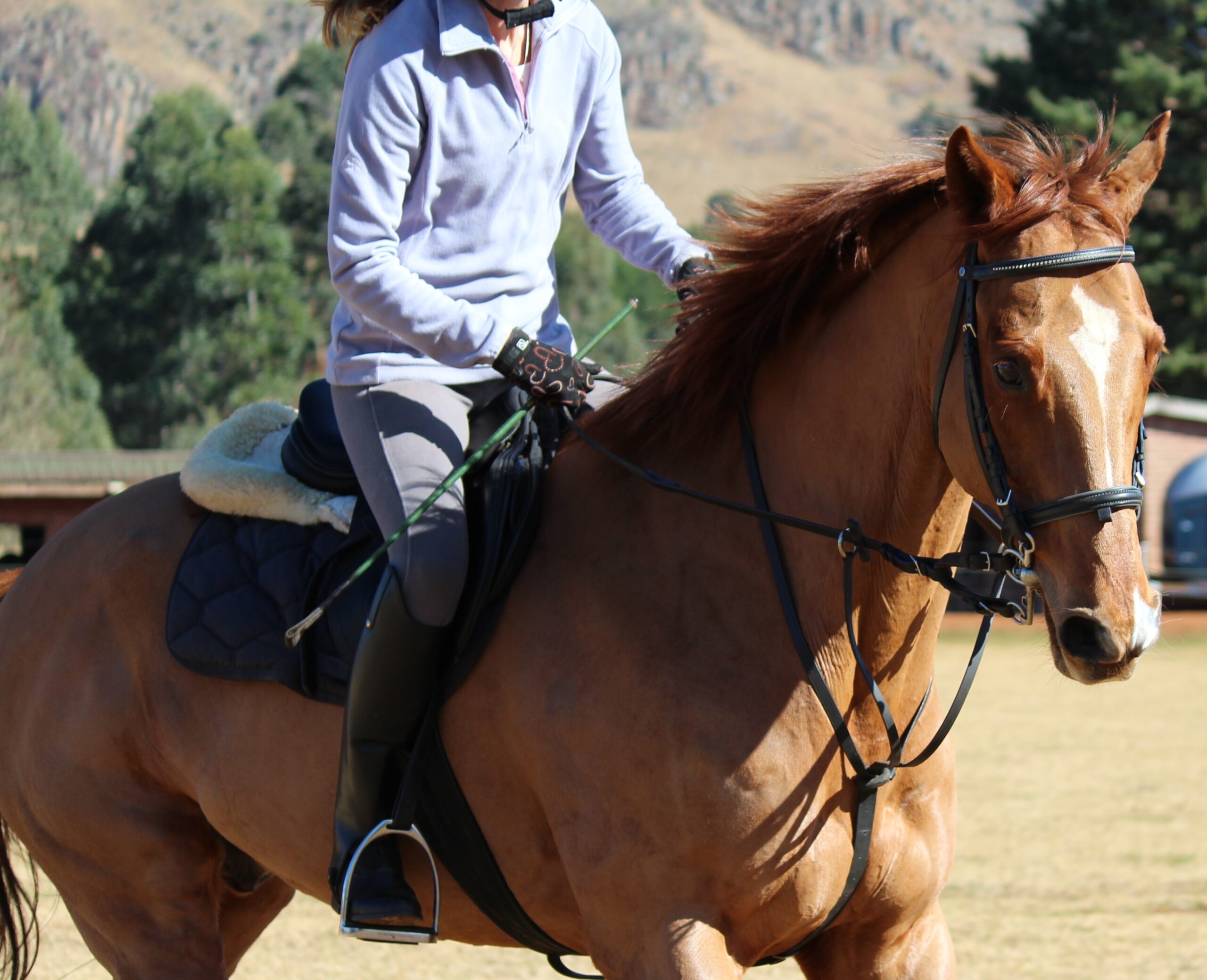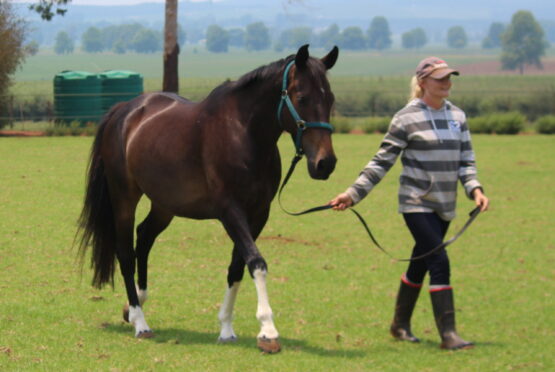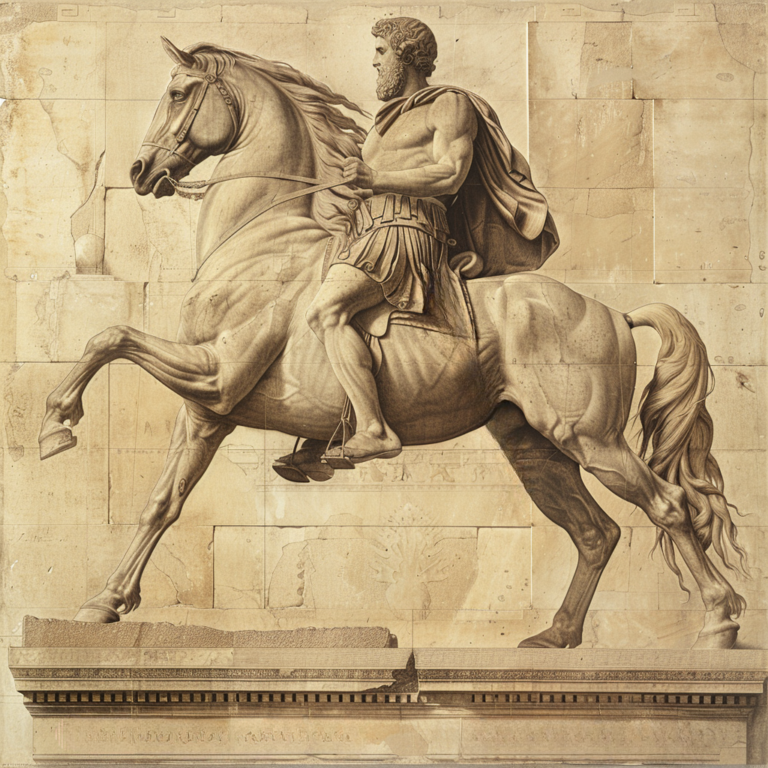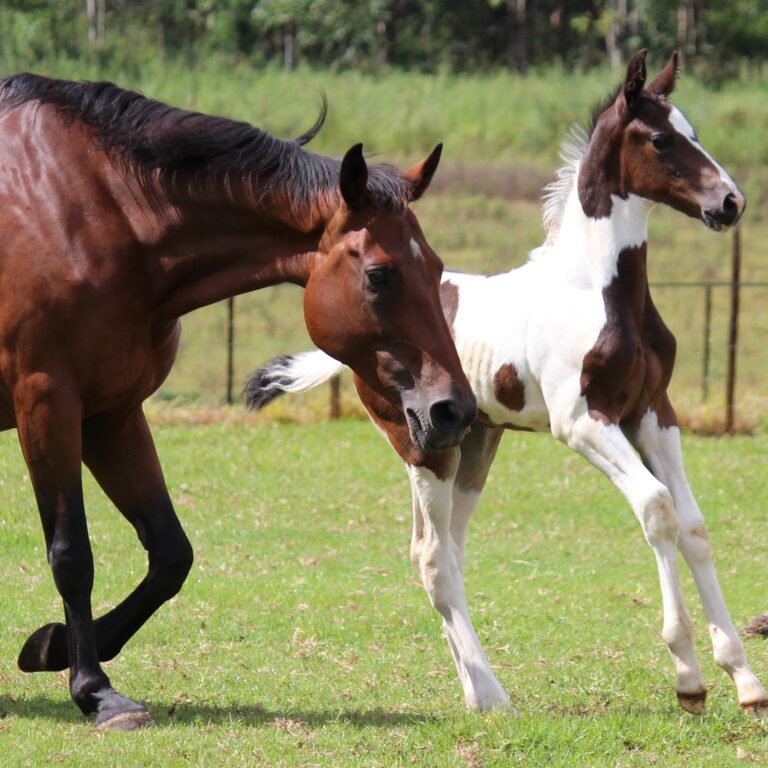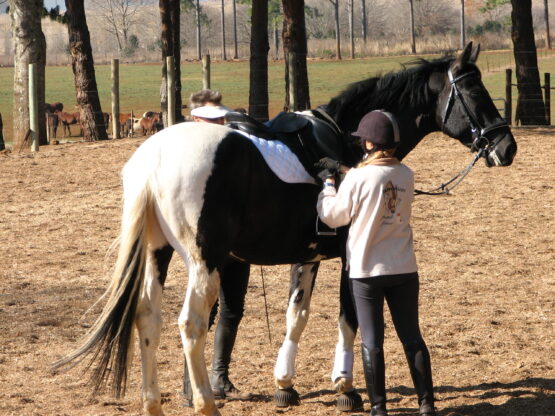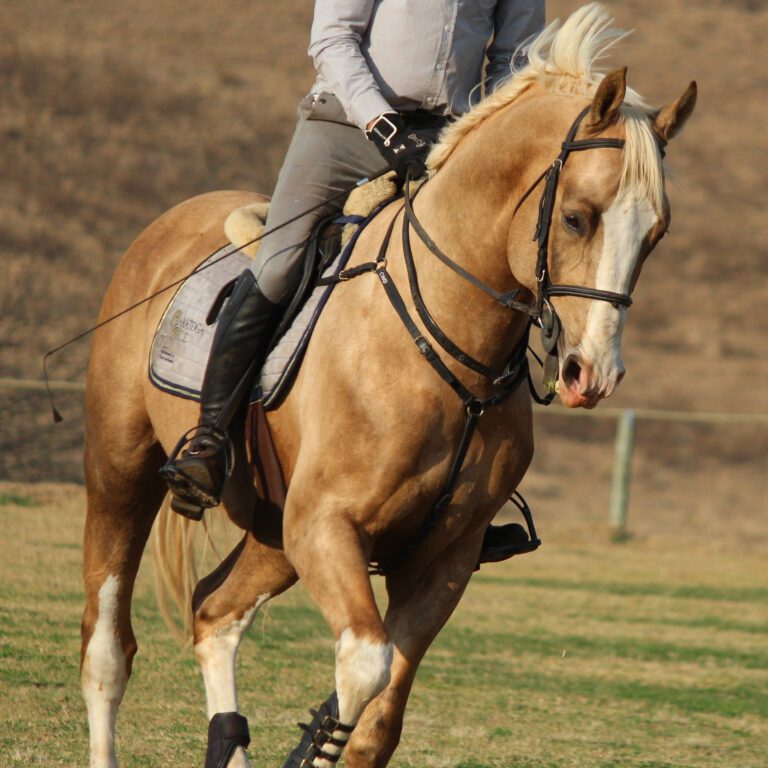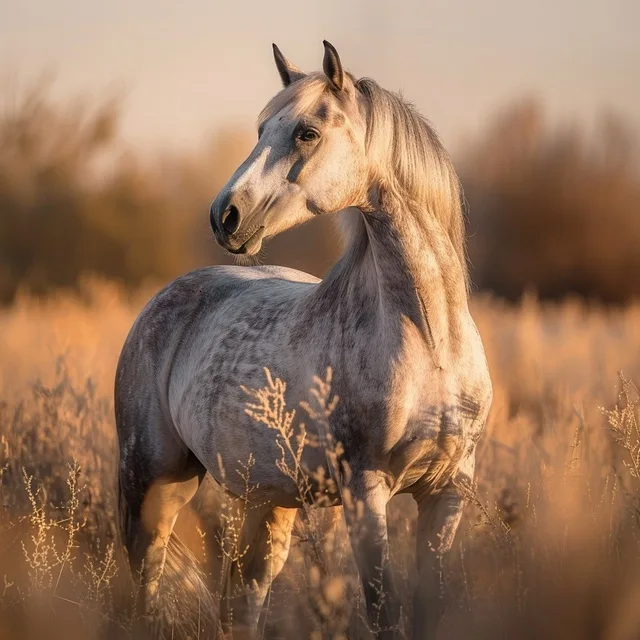Starting Your Horseback Riding Adventure: The First Steps
A lot of people have the wish to learn to horseback ride. This is because horses are majestic, energetic intelligent creatures that can form a life-long friendship with humans. Horseback riding is a popular sport that benefits both your mental and physical health in many ways.
Horses can be very intimidating when dealing with them the first time. They are flight animals, always looking out for danger, and can easily sense your fear. It is very important to learn to ride safely and with the right guidance from an instructor.
Find the Right riding school
When starting to look for the right instructor it is a good idea to have an idea of what you are wanting to achieve in horseback riding in the long term – do you want to ride for pleasure or do you want to become the next Olympic champion? This will help you find the correct level of instructor and stable that specialize in the right discipline you are wanting to learn.
When it comes to finding the right instructor ask around and get good recommendations. If you are new to the riding world the local tack shop is a great place to start. If there is anyone they suggest do a quick google search to find out more about that instructor and will give you a list of places near you to start your riding adventure. Don’t be afraid to ask your potential instructor many questions, you need to build a certain rapport with this person so asking questions is very important.
Private or Group lessons
Many riding schools offer both private and group lessons. Private is always more expensive but you get one on one instruction which helps you achieve your goals quicker. You and your instructor can work together to achieve your own specific goals whereas in a group lesson there are more of you for the instructor to concentrate on.
Group lessons do have the advantage of you learning by watching your fellow pupils, there is also a lovely sense of camaraderie between fellow beginner riders after lessons you can discuss every move you made and you can relive every moment which us horse people love to do over and over.
Private lessons will make you progress faster but group lessons will make you bond with your fellow beginner riders and learn from watching them and listening to their experiences.
What should you wear to your first lesson?
Do not spend a fortune on riding gear before you have been to a few and are certain that you will continue riding, it very understandably not be for everyone.
Boots need to be worn so that your feet are protected if you accidentally get stood on by a horse. Your footwear should be practical and comfortable and it must have a heel. Sneakers are not appropriate, a heel is important so your foot does not slip through the stirrup which can happen when you are learning to ride and are learning to figure out the correct position for your leg and foot.
A riding helmet is essential, there is no excuse for injuries to your head by not wearing a riding helmet. For your first couple of lessons, you can borrow one from your instructor – make sure it fits well and is safe. As soon as you do start regular lessons the first investment is a good riding hat that fits comfortably and safely.
Getting on the horse
When learning to get on a horse have someone standing at its head to keep it still for you to figure out how to get on. Once figuring it out it is very simple. Make sure the saddle fits nice and snug, move it around a bit to make sure it feels secure. Stand to the left of the horse, usually on a mounting block where your horse is standing quietly being held by someone who is helping you.
Place your left hand on the pommel of the saddle (the front part of the saddle) and your right hand on the back of the saddle. Put your left foot into the stirrup and make sure the ball of your foot is securely in the stirrup. Push yourself up using your left foot and swing your right leg over the horse’s back, being careful to not bump the horse to give it a fright. Put your right foot in the stirrup and quietly sit down in the saddle.
Now you can make any adjustments to your stirrups. The person holding your horse can help you with these to make sure they feel even and the right length for your legs.
You are now on the horse!
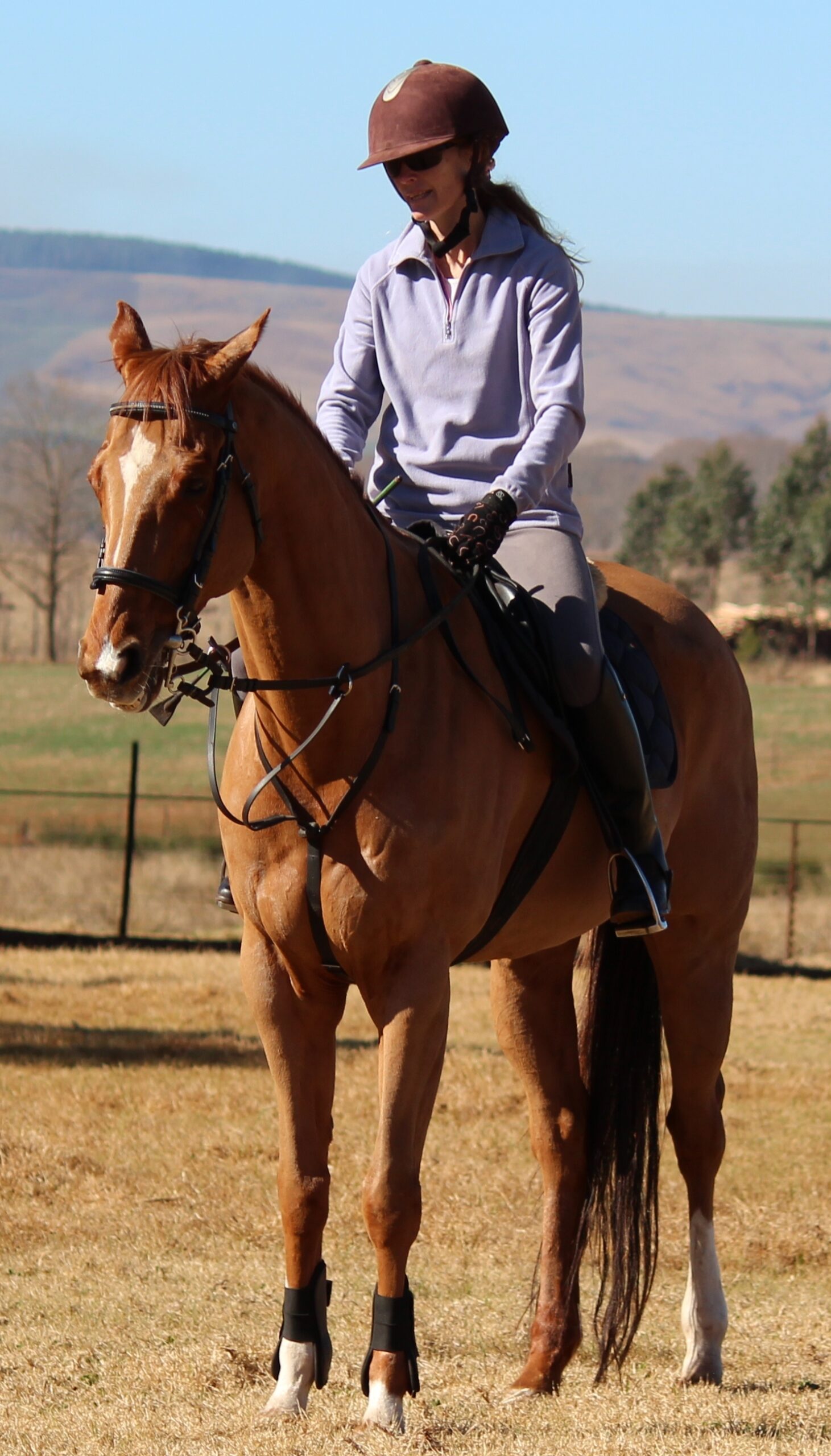
How to stop your horse
Learning how to stop a horse is a very important part of being safe on top of a horse which is why this should be the first thing you learn when starting out. Once you start walking and want to come to a halt start thinking about slowing down in your body by leaning back slightly and dropping your heels naturally, think slowing down.
Use your voice – saying whoa lets the horse know that you are wanting to slow down, it will have learned words like this when being schooled to be ridden. Gently squeeze on the reins, you start gently and build up the pressure according to the horse’s response to the reins.
It is very important to not pull hard on the reins, the reins are connected to the bit in the horse’s mouth, and pulling too hard can hurt his mouth. It is also important to not use the reins to balance yourself as this can hurt his mouth too.
Once the horse has stopped relax the reins and give it a pat. You know now how to stop your horse!
how to walk your horse
Once you have figured out how you get onto a horse and how you ask the horse to halt you can now master the walk and steering. Stay as quiet as possible and squeeze the horse’s sides with your legs, again start gentle and gauge the response of your horse. It should start walking forward.
Always look up and forward between the horse’s ears as you walk on, do not look at the ground. Once walking keep your legs quiet at the horse’s side and relax into the rhythm of his walk with your body looking where you are going and where you want to go.
How to trot on your horse
Once you are comfortable with walking your horse and halting it is time to master trotting. This can be a bouncy gait which while you are learning to rise to the trot you will have to work on figuring out your balance at the trot.
Squeeze your heels into his side again and as he moves into a trot keep your legs firm and use your heels to balance yourself in the trot, think of them as your shock absorbers that are elastic.
You will bump up and down in the saddle a bit, when you are ready ask the horse to go back down to a walk by gently putting pressure on the reins, being careful again to not pull too hard. Your horse will come down to a walk and halt as you require.
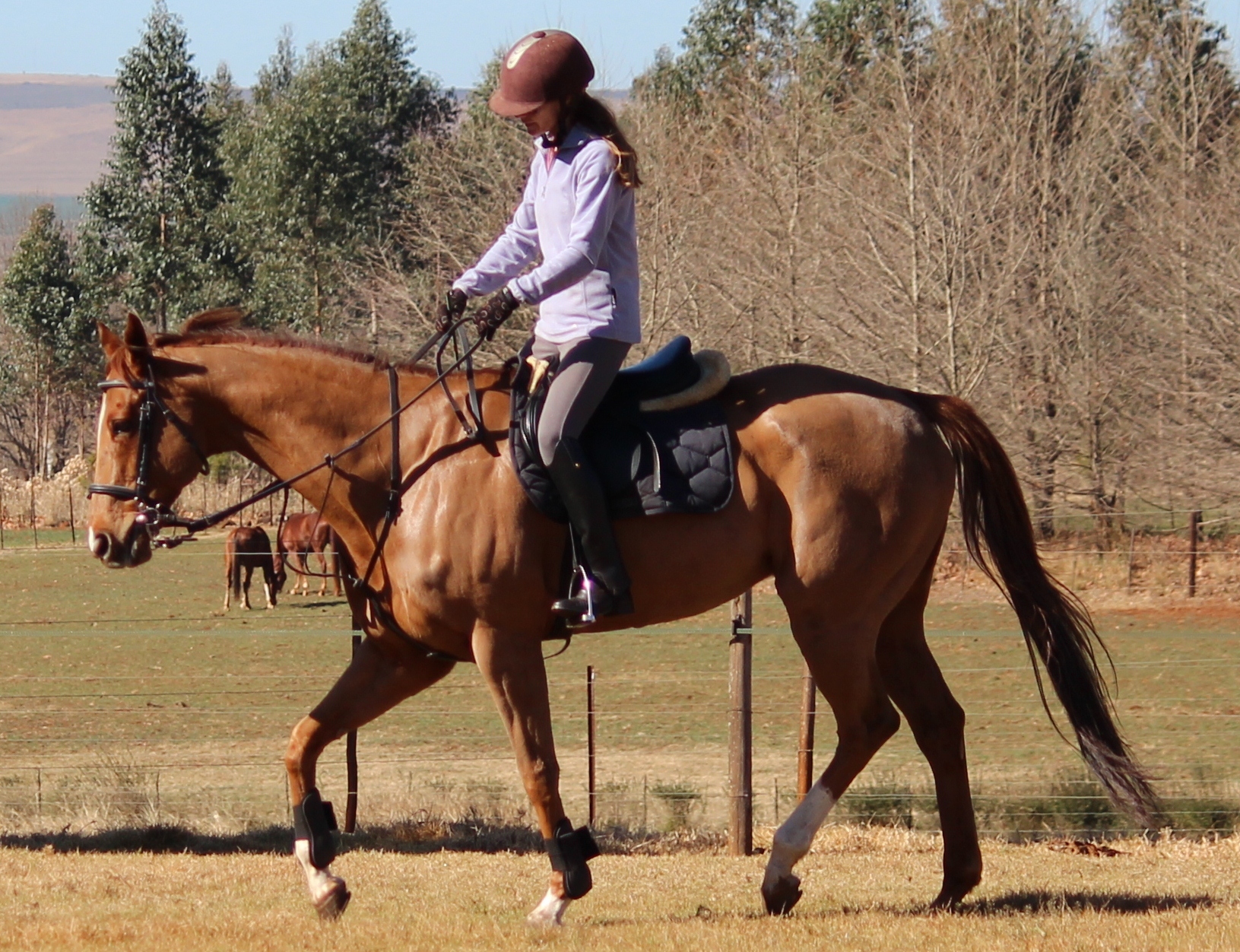
Learn to rise to the trot
This means to rise out of the saddle at every stride the horse makes at the trot which makes riding the horse’s trot much more comfortable than bouncing around in the saddle trying to be comfortable.
Let the horse push your bum out of the saddle with his movement. Don’t rise up too high, squeeze with your knees and upper legs to rise up and down to keep pace with the horse’s movement.
Perfecting this takes some time, the best way is to relax your body and feel the horse’s movement as it pushes through to trot the next stride. This will become second nature to you with plenty of practice.
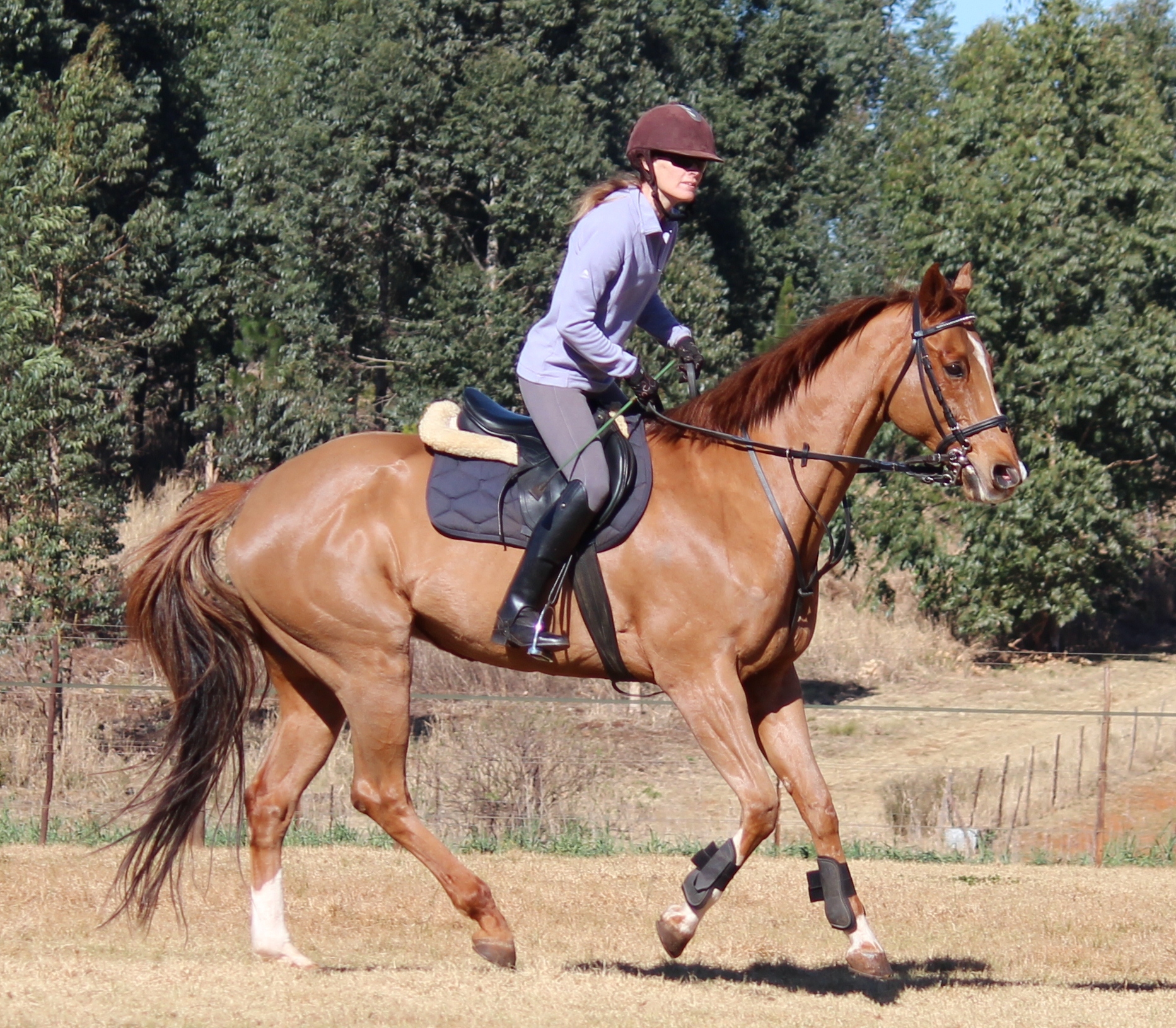
Now its time to canter
Once you are trotting around comfortably you will be tempted to try and canter. Cantering is the most comfortable gait when riding your horse. Again squeeze your horse gently with your heels, usually, you ask with your inside leg on the girth and the outside leg behind the girth to ask the horse to take off on the correct leg (learn more about his here).
Don’t let the horse go faster in the trot, the transition to canter is not faster and should be asked from a normal-paced trot. Once he has struck off on the canter relax in the saddle gripping gently with your knees to keep you steady in the saddle.
You will find sitting quietly in your saddle much easier at the canter as the horse quietly canters around the school. As soon as you are ready gently pull on your reins and ask your horse to come back to the trot and then walk.
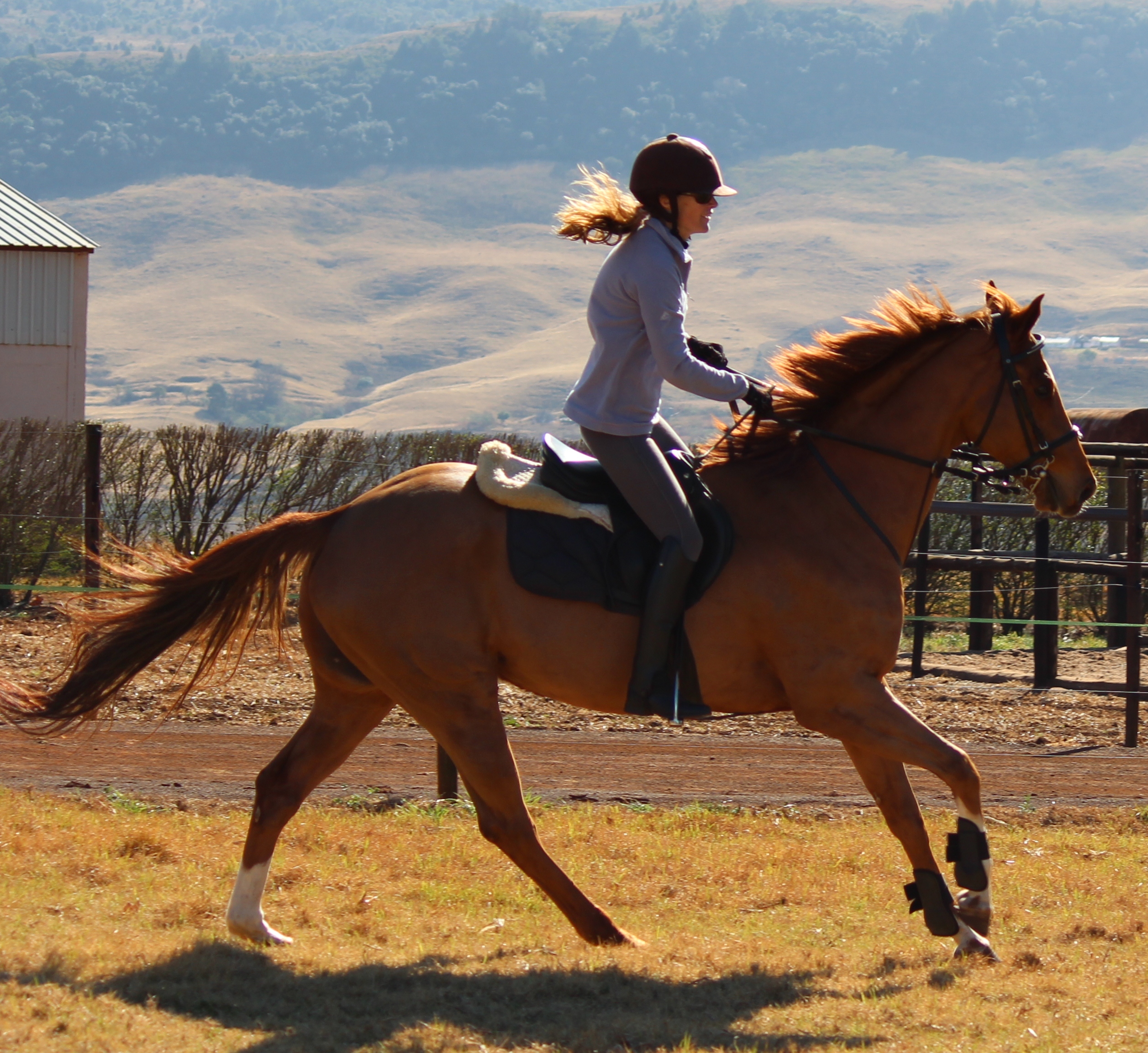
Galloping
It is only a good idea to gallop on your horse if you have mastered the previous gaits. Galloping before you are stable and confident in the saddle can be dangerous. Make sure you can control your horse at slower speeds before attempting to gallop.
Once you feel ready you will see that galloping is not much different from cantering. Your horse is just going faster. To ask your horse to gallop get it into a comfortable canter, lean forward, and squeeze your heels into the horse while standing out of the saddle slightly in your stirrups letting the horse’s body move underneath you, keeping your heels down for balance.
Galloping when in control is the most amazing feeling, the wind through your hair and your eyes watering – it is exhilarating.
dismounting
Now it is time to get off your horse. It is important for your horse to stand still for you to get off it. Keep a firm hold of your reins to keep the horse from walking off, take your feet out of your stirrups. Put your right hand on the pommel of the saddle and lean forward. Bring your right leg over the back of the horse and holding onto the saddle with both hands gently slide off the horse.
Final thoughts
Learning to ride a horse can be very nerve-wracking but with the right instruction and with all safety measures in place, it can be a fun and very safe adventure.
Learning to ride this large animal can be a life-changing experience. To feel the power and grace of a horse under you is very special and well worth beating the nerves and fear and learning to ride. Experiencing nature from the back of a horse where you feel secure and safe on a horse is worth the time spent learning to ride.
further reading
How to Ride a Horse (with Pictures) 17 steps1.Mount your horse. The first thing you’ll want to do when riding a horse is to do some groundwork. You don’t need to do heaps and make your horse tired, but …2.Position yourself for balance. Once in the saddle, take a moment to make sure you’re in the proper position for balance. Keep your back straight. Keep in …3.Get your legs in the right position. Once you feel securely balanced, get your legs into the proper po
How Long It Takes To Learn To Ride A Horse: Kids & Adults.. — Learning basic riding skills takes anywhere from 2 weeks to 6 months, depending on the things listed above. Here’s some best-case and worse-case …

